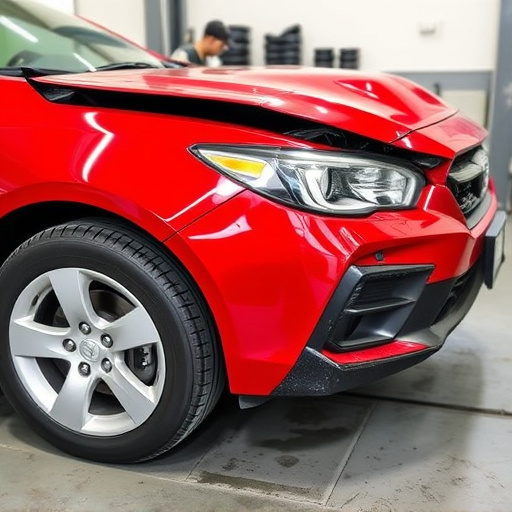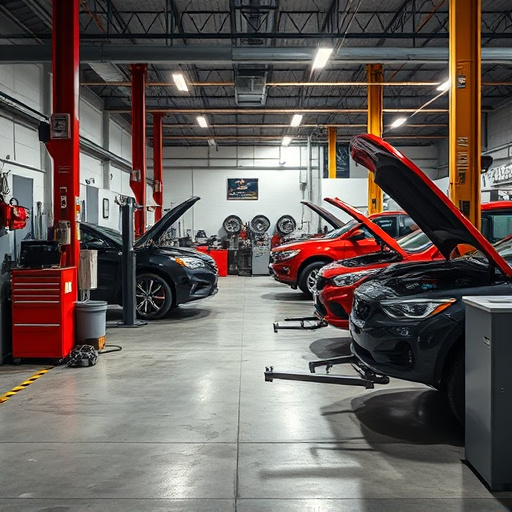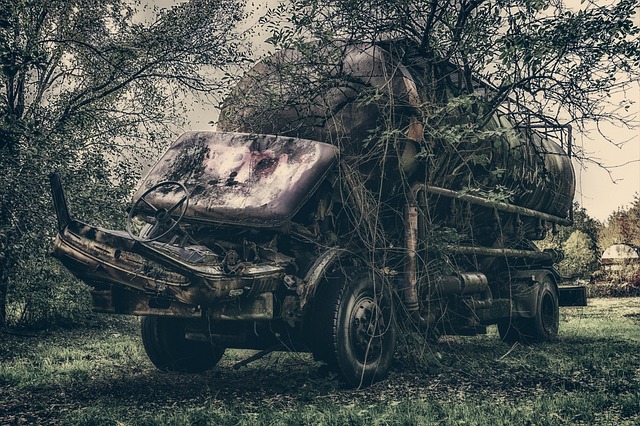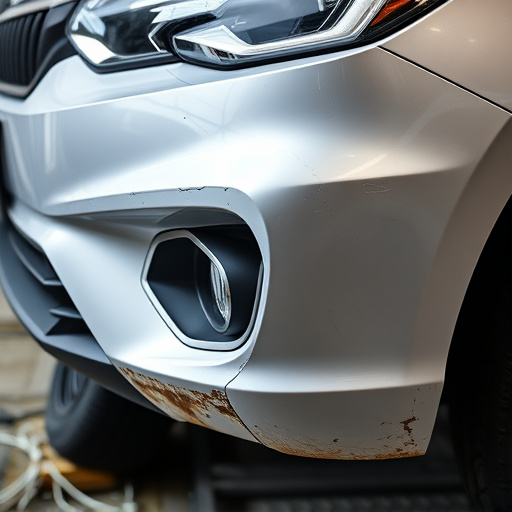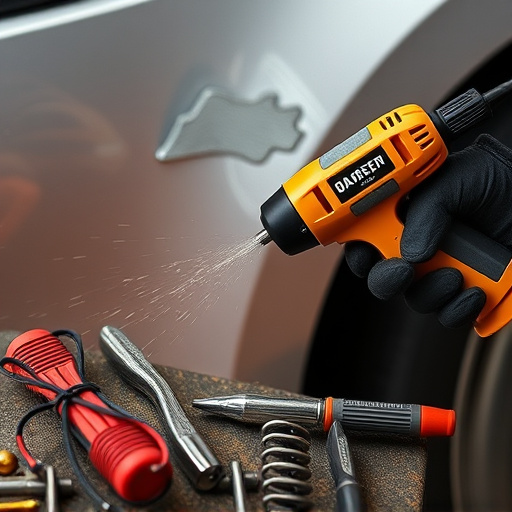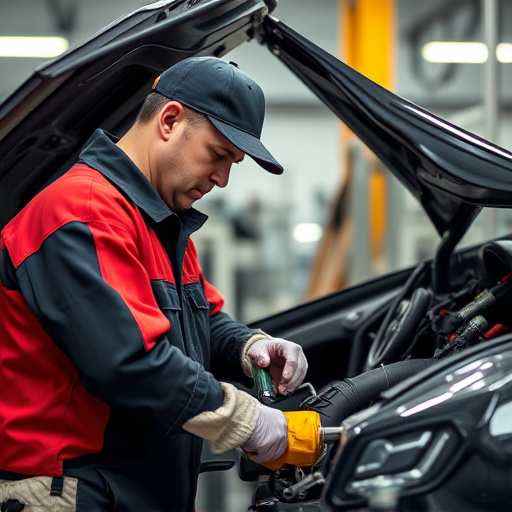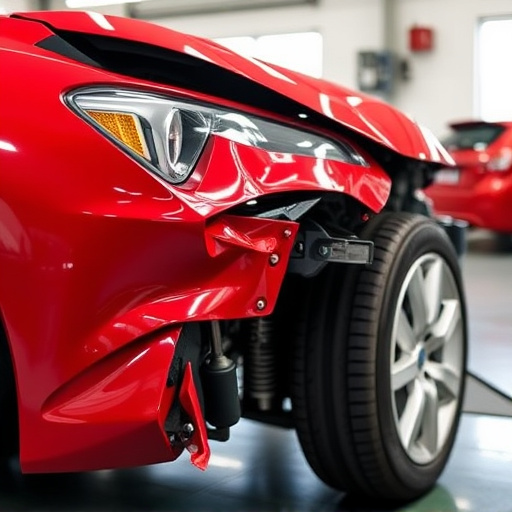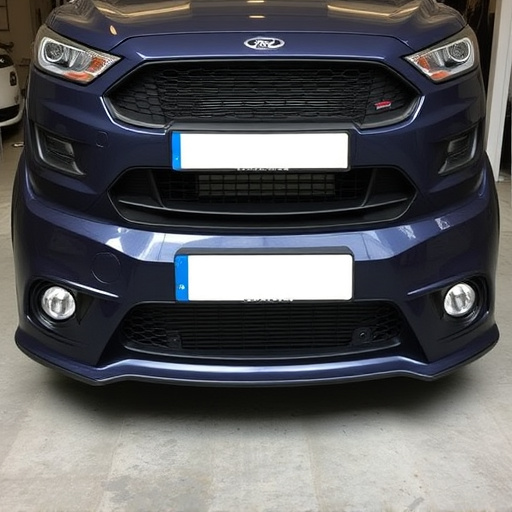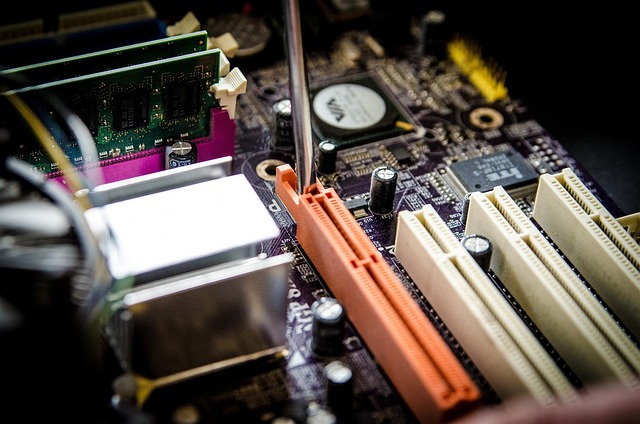After an accident, technicians conduct a meticulous visual inspection of vehicle axles using specialized tools and lighting to detect subtle damage like cracks, misalignments, or wear. This initial assessment guides further diagnostics such as wheel alignment measurements, ensuring accurate repairs at a reputable auto collision center. The ultimate goal is to restore the vehicle's safety and performance through effective axle repair after accident.
After a vehicle accident, diagnosing axle issues is crucial for safe and effective repairs. Technicians employ a multi-step process, combining meticulous visual inspections with advanced diagnostic tools. They carefully assess damage, from cracks and deformations to hidden problems revealed through specialized equipment like alignment machines and strain gauges. Understanding these techniques ensures that repairs range from simple adjustments to complex replacements, prioritizing long-term durability and safety for the road ahead.
- Assessing the Damage: Visual Inspection Techniques
- – Visual examination of the vehicle after an accident
- – Identifying visible signs of axle damage (cracks, deformations)
Assessing the Damage: Visual Inspection Techniques

After an accident, technicians need to carefully assess the damage to determine any issues with the vehicle’s axles. A thorough visual inspection is often the first step in diagnosing axle problems. Technicians utilize their expertise and specialized tools to closely examine the axle components for signs of wear, tear, or misalignment. During this process, they look for visible cracks, dents, or deformities in the axle housing, suspension parts, and related structures.
Specialized lighting and magnifying tools can aid in uncovering subtle damage that might be hidden under the car’s bodywork services. Even minor accidents can cause significant stress on axles, potentially leading to alignment issues or structural damage that requires expert collision repair. By combining their observations with knowledge of common axle failure points, technicians can identify potential problems that may need immediate attention during the axle repair after accident process.
– Visual examination of the vehicle after an accident

After a collision, technicians conduct a thorough visual examination of the vehicle to identify potential axle issues. They start by inspecting the exterior for any visible damage, such as bent or broken parts, which can indicate problems with the axles. Axles are crucial components that connect wheels to the vehicle’s suspension system, so even minor deformities can compromise their integrity. During this initial assessment, technicians also look for signs of misalignment or uneven tire wear, suggesting potential axle misalignment or damage.
In addition to external inspection, technicians may need to perform further diagnostics. This could involve lifting the vehicle and carefully examining the axles, suspension components, and related parts for any signs of strain, wear, or damage. They might also use specialized tools to measure alignment and check for any unusual vibrations or noises that could point to axle repair needs. A comprehensive visual examination and subsequent diagnostic tests are vital steps in determining whether a car needs professional auto body work or collision repair to address axle issues after an accident.
– Identifying visible signs of axle damage (cracks, deformations)
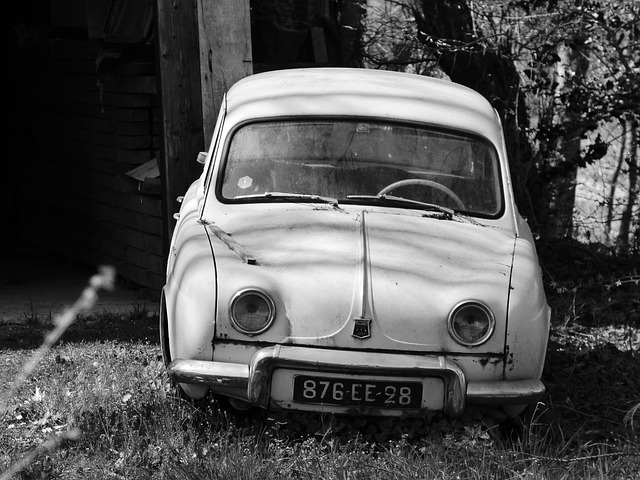
When a vehicle experiences an accident, the first step for technicians is to conduct a thorough inspection, focusing on identifying any visible signs of axle damage. Cracks and deformations in the axle are clear indicators that require immediate attention. Technicians use their expertise to carefully examine the affected area, looking for structural integrity issues. Even subtle anomalies can suggest underlying problems that might escalate if left undiagnosed.
By closely examining the axle for any cracks or misalignments, technicians can pinpoint specific damage. This initial visual assessment is crucial in determining whether further diagnostics are needed, such as using specialized equipment to measure wheel alignment and track geometry. The process ensures that any repairs, including dent removal or complex axle replacement, are carried out accurately at a reputable auto collision center, ultimately restoring the vehicle’s safety and performance to an automotive body shop’s high standards.
When it comes to diagnosing and repairing axle issues post-accident, technicians employ a meticulous approach. Through comprehensive visual inspections, they can identify subtle cracks or deformations that may go unnoticed otherwise. By utilizing specialized tools and their expertise, technicians ensure accurate assessments, paving the way for effective axle repair after accidents. This process is pivotal in restoring vehicles to their pre-incident condition, ensuring safety and peace of mind for all road users.
